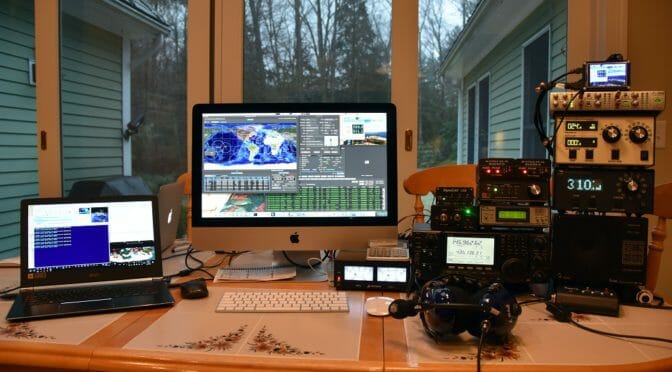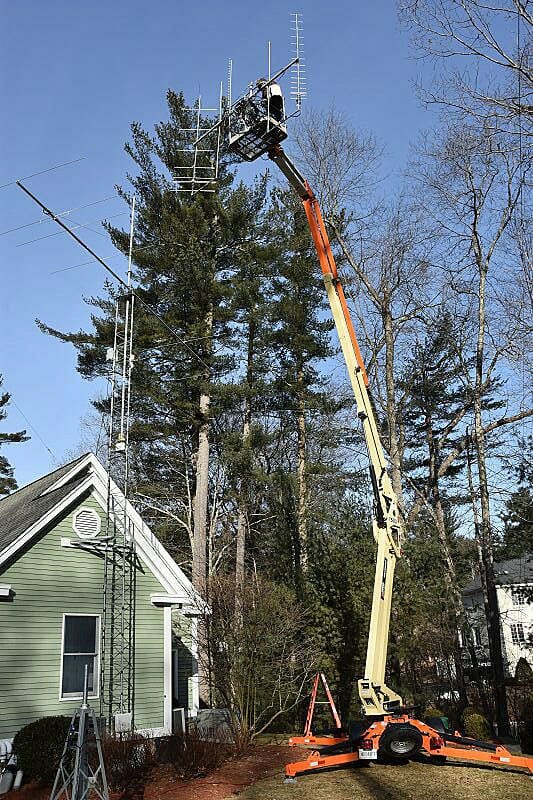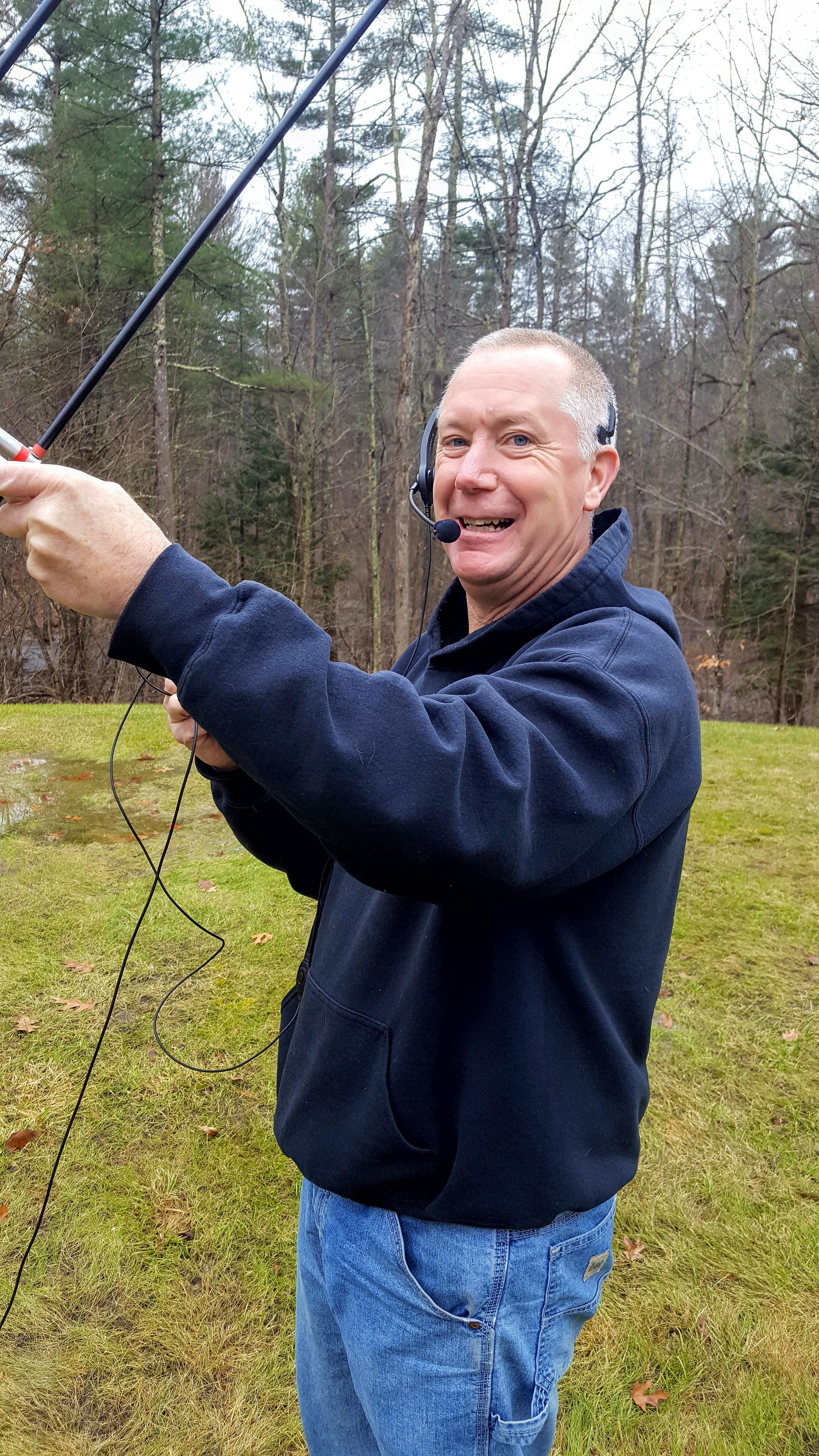We’re about a month into winter and there’s no better time than now to get on the low bands. February brings a few QSO parties that are worth noting, and you’ll be glad those low bands are available.
The Vermont QSO party [0000Z, Feb 2 to 2400Z, Feb 3] gives us a chance to put those close-in neighbors in the log. If you’re working on your Worked All States award this is a great time to ensure you have VT in the log. Exchange: RS(T) + County (for VT), and RS(T) + state for others.
Minnesota has their QSO party [1400Z-2400Z, Feb 2]. It only lasts ten hours so this is a good contest for people new to the game to see if they can do the whole shebang! Exchange: Name + county (MN), name + state for others.
ARRL School Club Roundup [1300Z, Feb 11 to 2359Z, Feb 15] gives you a chance to works some youngsters. You don’t have to Elmer kids to make a difference. Just work them in a contest to encourage them! Exchange: RS(T) + class (I/C/S) + state.
The North Carolina QSO party [1500Z, Feb 24 to 0059Z, Feb 25] should provide a target-rich environment. Again, this is a short contest (just ten hours) so pay attention. Exchange: County (NC), state (others).
February is also a great month to do digital modes. Here are some contests for those enthusiasts:
- Mexico RTTY International Contest
- NCC RTTY Sprint (multiple times!)
- NA Collegiate Championship, RTTY
- North American QSO Party, RTTY
Go to the Contest Calendar to see the full list of contests this month.
Remember to always read the rules before entering the contest. Know the time boundaries, power limits, and exchange before transmitting.
Contest (not-so) secret of the month: success in contesting is based on BIC (butt-in-chair) time. Challenge yourself to operate for some minimum time and see how well you do. Remember that many contests have multipliers, so your score changes more rapidly as the contest progresses. It can be lots of fun watching your score soar!
Good luck to all and drop me a note at [email protected] with your 3830 entry. The best scores might get a mention in the March Contesting Notes. 73!
Scott, NE1RD





